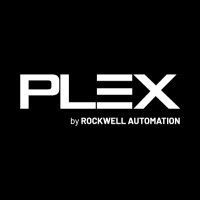
Plex, by Rockwell Automation
Plex, by Rockwell Automation, is a leader in cloud-delivered smart manufacturing solutions, empowering the world's manufacturers to make awesome products. Our platform gives manufacturers the ability to connect, automate, track, and analyze every aspect of their business to drive transformation. The Plex Smart Manufacturing Platform™ includes solutions for manufacturing execution (MES), ERP, quality, supply chain planning and management, asset performance management, production monitoring, process automation and analytics to connect people, systems, machines and supply chains, enabling them to lead with precision, efficiency and agility. To learn more, visit www.plex.com.






